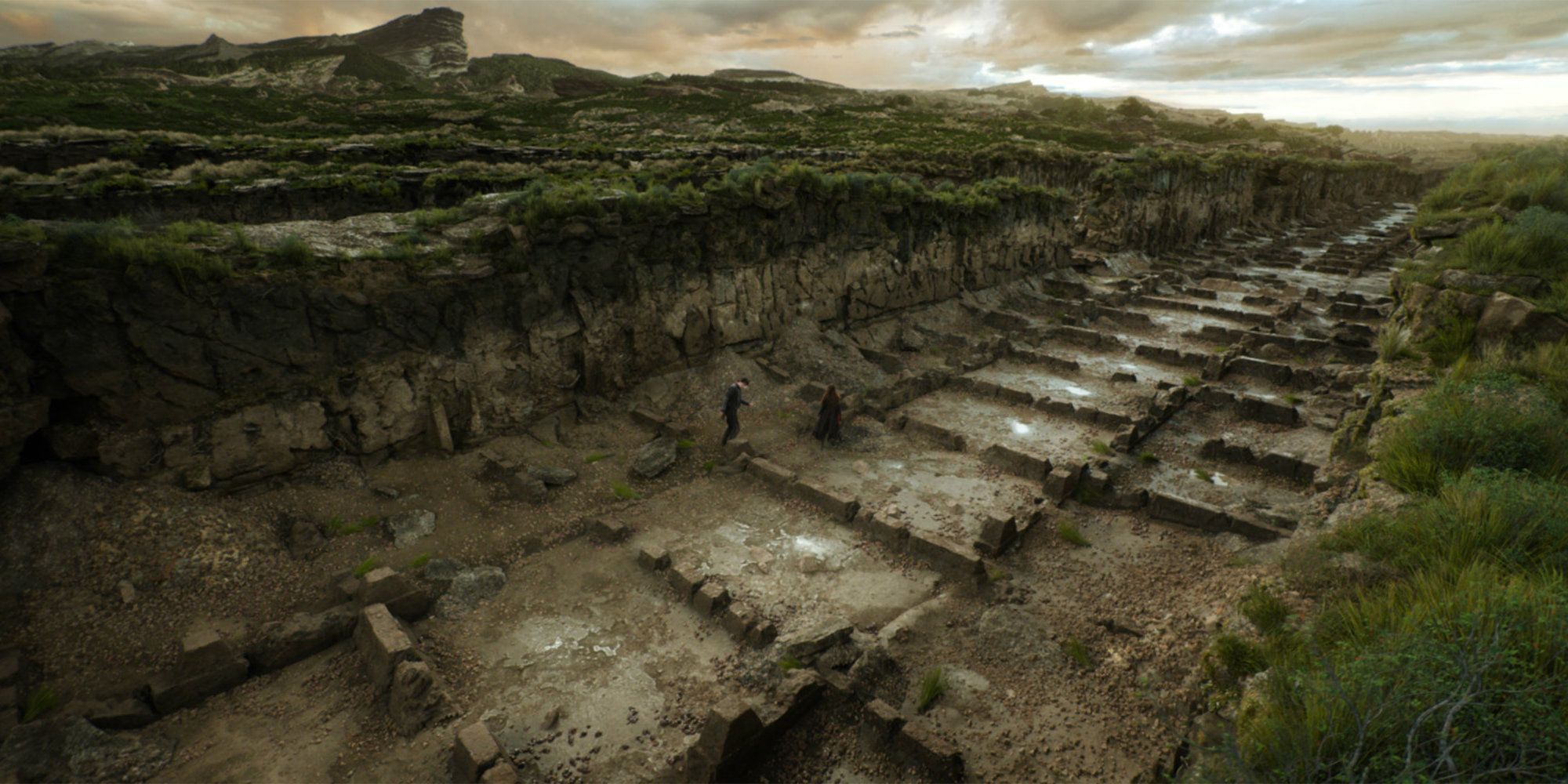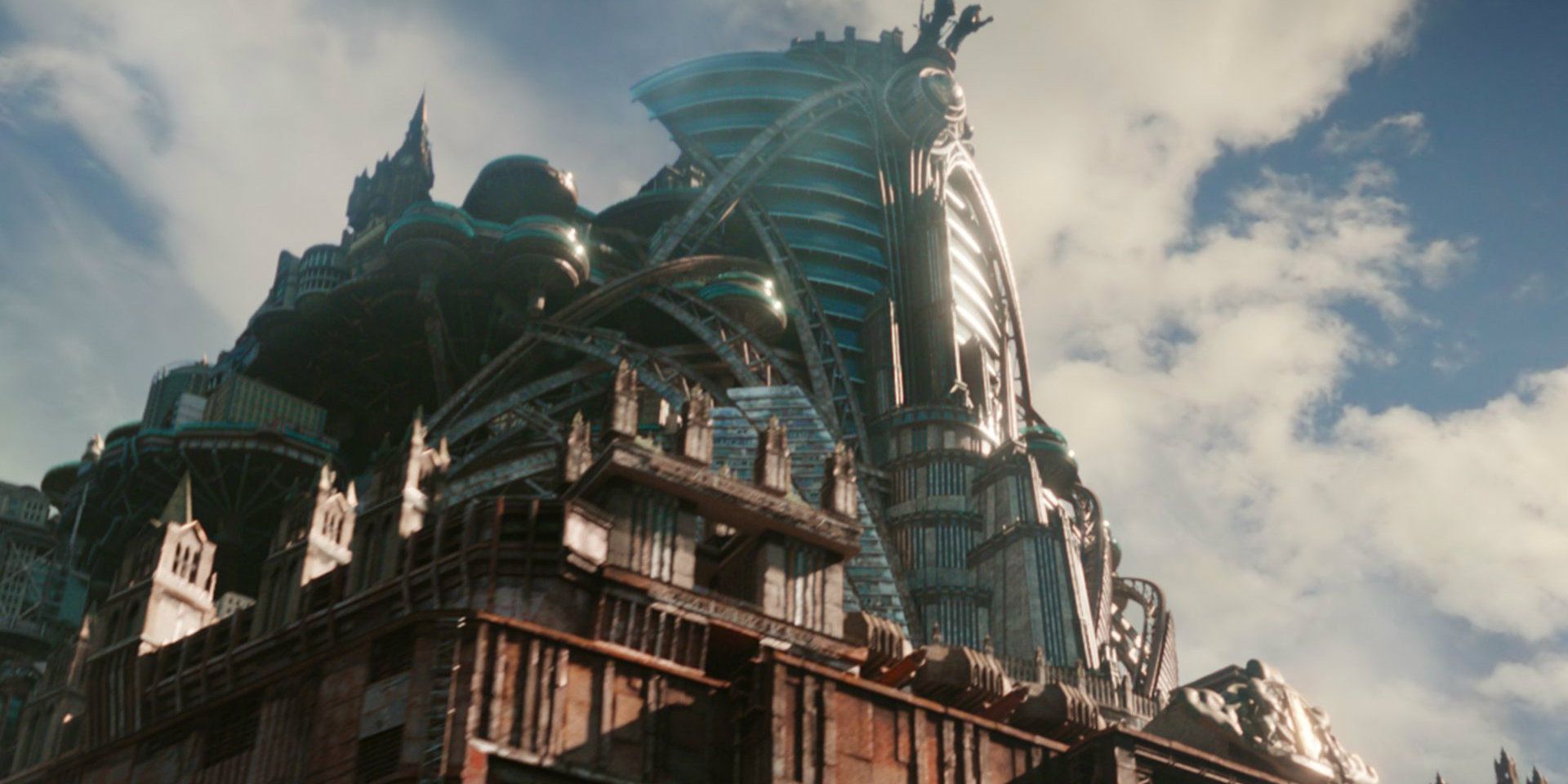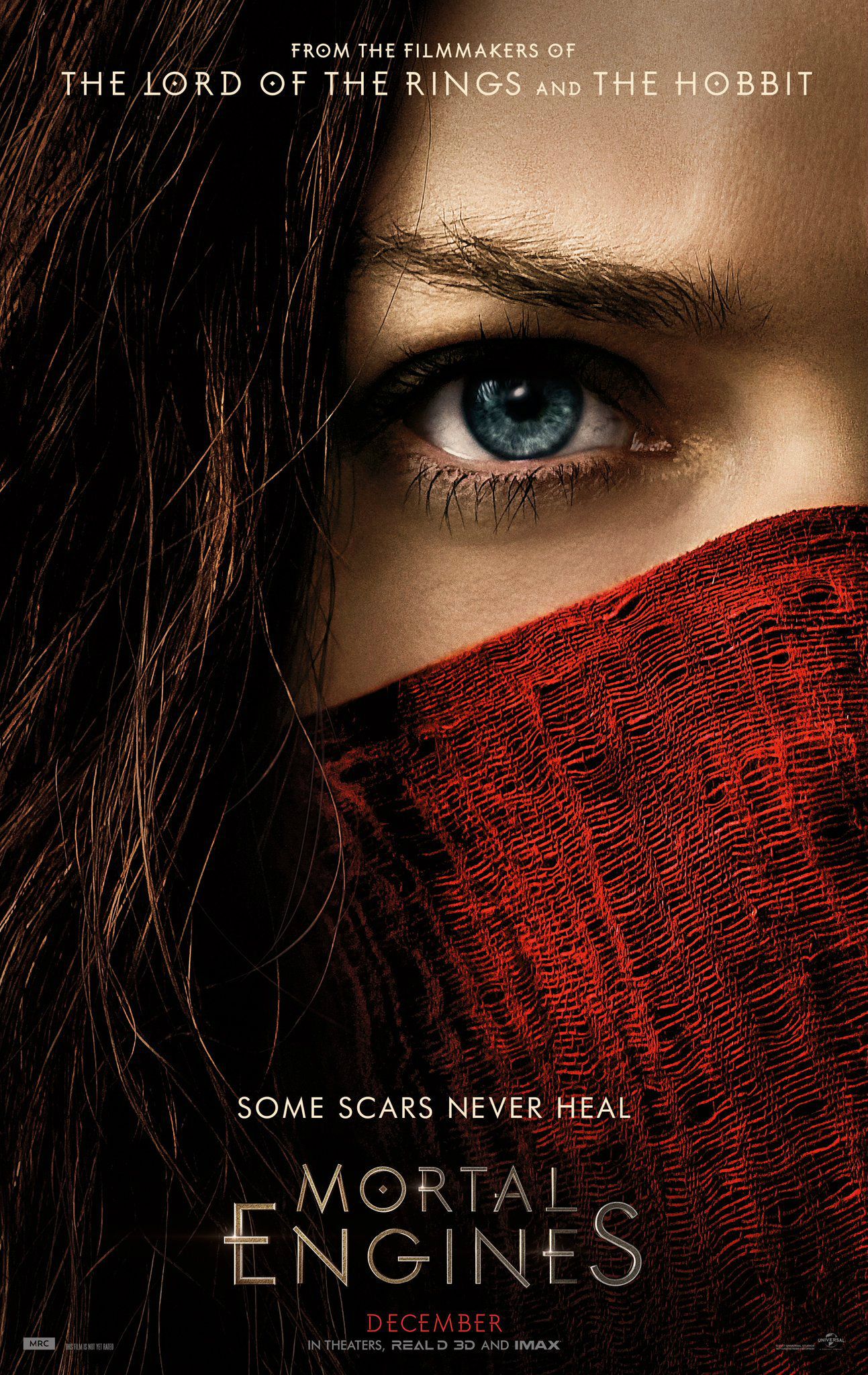The film adaptation of the young adult novel Mortal Engines was made with an eye on using practical effects instead of computer-generated imagery whenever possible.
Based on the 2001 novel by Phillip Reeve, Mortal Engines is set in a post-dystopian Earth where the cities of the world are transformed into giant vehicles as a means of coping with the cataclysmic earthquakes and volcanoes caused by a massive war that made settling in one place for an extended period impossible. Now, large cities literally devour smaller ones, absorbing their people and resources. The plot - which is a lot less bleak than the concept sounds - focuses upon Tom Natsworthy (Robert Sheehan) - a teenage historian who finds himself drawn into an adventure by the rebellious Hester Shaw (Hera Hilmar) that will forever change their lives and the world at large.
Related: The 6 Biggest Changes Mortal Engines Makes To The Book
That's a big concept, but despite that the film will have a heavily practical bent. Mortal Engines had 67 individual sets (to put that number in perspective, the live-action Ghost In The Shell movie only had 35 sets), and for some of the focal ones - such as a recreation of future St Paul's Cathedral - they built a couple of meters higher than standard so as to decrease the amount of CGI extensions required in post-production.
The film will still be using extensive CGI, especially for the external city action, but as production designer Dan Hennah explained to Screen Rant when we visited the set of Mortal Engines, a high proportion of the film will be real and in-camera:
"I think it's probably a little more than 50 percent [overall]. We have a lot of sets have digital extensions. You know, the practical is maybe more, like, 70 percent because even, say, in St. Paul's with Medusa - with building Medusa and we're trying to shoot the whole of St. Paul's as a physical set."
Mortal Engines is directed by Christian Rivers and produced by Peter Jackson. The pair has a long-standing relationship dating back to before The Lord of the Rings, and this sees them return to their roots. Jackson's The Hobbit trilogy featured heavy use of green screen and full CGI scenes, some of which proved divisive to fans. This focus on more practical sets is, according to Hennah, key to the movie's emotion:
"What it comes down to a lot of the time is shooting actors, you know? And when you're shooting an actor and getting drama, you don't want to be doing the whole digital background behind it. So, you try to shoot that against a physical background. This against a physical background. But, there's a piece of action going on and it's quite quick. You want to expand the world."
One big takeaway from Screen Rant's time on the Mortal Engines set was the focus on the characters and them being at the heart of the impressive action. If the movie is to grow into a full franchise like Reeve's book, that's going to be the key.



